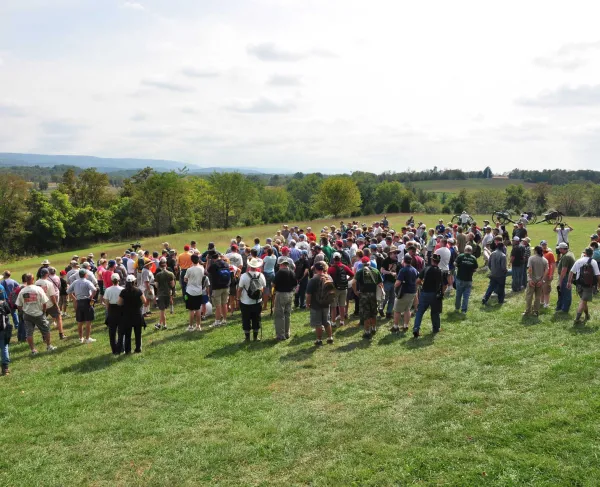
Flag of secession that flew over New Orleans on January 26, 1861, when Louisiana seceded from the Union.
HISTORY, and military history in particular, should not be relegated to simple facts and figures. At the Confederate Memorial Hall Museum in New Orleans, Louisiana, history is certainly more than that.
Home to “one of the largest collections of Civil War Memorabilia in existence” — in fact, the second largest in the world — the museum’s vast collection boasts rare Louisiana-made swords and guns as well as personal ephemera from the likes of Robert E. Lee, Braxton Bragg, P.G.T. Beauregard and President Jefferson Davis.

Founded in 1891, the museum first began simply as a small alcove in Howard Library (now Patrick Taylor) carved out as a space where Confederate soldiers could come and donate their war relics.
Yet as the repository kept growing, so too did the desire for more space to honor the sacrifice of Confederate soldiers. Local philanthropist Frank T. Howard, whose New York-born father fought for the Confederacy, donated the means, and Memorial Hall, known as the “Howard Annex” came to be.
Today, the museum boasts an in-depth archive and is home to a plethora of artifacts and personal items from Civil War soldiers. Of particular note are the relics from Jefferson Davis’s life and his time in Confederate office, including his horse saddle, the family bible, the family’s baby crib and many other personal items.

Upon his death in 1899, Davis lay in state within the museum’s walls — with more than 60,000 mourners passing through its doors to pay their final respects.
That same year, Davis’s widow, Varina, shipped 21 cases of memorabilia to the museum, with a note enclosed, stating:
“The pressure brought upon me by Montgomery and Richmond and others places for relics is very great, but my heart is in New Orleans Memorial Hall. There I owe [my] most affectionate gratitude and there I send my most precious relics.”
The museum is home to more than well-known Confederates, however. Artifacts that tell the tale of the ordinary soldier’s extraordinary war are woven throughout its exhibits.

The Chickering Piano, taken into the trenches near Jackson, Mississippi by members of the Washington Artillery, was used as a means of boosting morale. Years later, according to the museum, “the same soldier, who was playing the piano in the trenches, resumed his position at the keyboard and finished a musical piece that was interrupted by combat many years before.”
The artifacts that make up the museum aid in telling the thousands of war stories that make up the very fabric of our nation’s complicated past.
History is not simple facts and figures. The Confederate Memorial Hall Museum in New Orleans, Louisiana, proves that.


